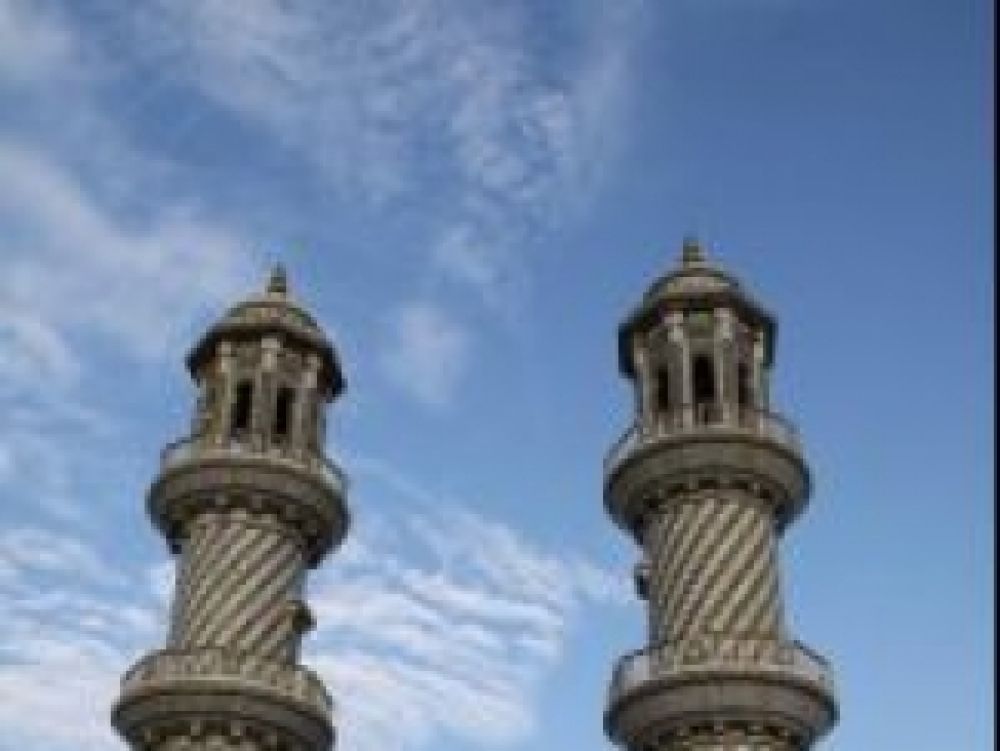

Located in the vibrant city of Jamnagar, the Ratan Bai Masjid, also known as Ratan Bai Mosque, stands as a testament to historical architecture and the cultural harmony of Gujarat. The mosque was built during the reign of the Jam Sahebs, the local rulers of Jamnagar, who were known for their patronage of arts and architecture.
The Ratan Bai Masjid has captivated travelers and worshippers alike with its exquisite design and intricate carvings. It was built in the late 19th century by a local Bohra Muslim businesswoman named Ratan Bai after whom the mosque is named. The mosque is not only a place of worship but also an important landmark in Jamnagar's history, exhibiting Indo-Islamic architectural influences with a touch of European style introduced during the British colonial period.
The tourism history of Ratan Bai Masjid is not extensive, as it has remained a community-centric place of worship rather than a typical tourist attraction. However, over the years, the mosque has drawn visitors due to its unique architecture and the tranquility it offers. It has gained significance for those interested in the historical and cultural fabric of Jamnagar.
Initially frequented by locals and a few travelers, the mosque started to attract a larger audience of history and architecture enthusiasts as the tourism push in Gujarat increased. The Government of Gujarat, under initiatives like 'Khushboo Gujarat Ki' campaign, promoted the state's heritage, which has contributed to heightened awareness and curiosity about places such as the Ratan Bai Masjid.
In recent years, Jamnagar has been receiving increased attention as part of broader tourism trends focusing on inclusive and sustainable travel. There is a growing preference for exploring off-the-beaten-path destinations and understanding local cultures and histories.
Eco-tourism and responsible travel have also become significant, with tourists looking for authentic experiences that have minimal environmental impact. Jamnagar offers a plethora of such opportunities, including visits to the Marine National Park and Bird Sanctuaries, which are part of the surrounding attractions.
Additionally, the government and tourism boards are gradually improving infrastructure and facilities, making it easier and more inviting for tourists to visit the area. Efforts such as these predict a steady rise in tourists eager to delve into Jamnagar's rich past and diverse cultural backdrop.
When planning a visit to the Ratan Bai Masjid, it’s important to respect the sanctity of the mosque, dressing modestly and behaving with reverence. The best time to visit Jamnagar is from October to March, when the weather is pleasant for exploring.
For those interested in a well-rounded experience, the city of Jamnagar offers other attractions, such as the beautiful Lakhota Lake, the intricately carved Bala Hanuman Temple, and the bustling Bazaars with traditional Gujarati handicrafts. Make sure to immerse yourself in the local customs and culinary delights for a truly enriching visit.